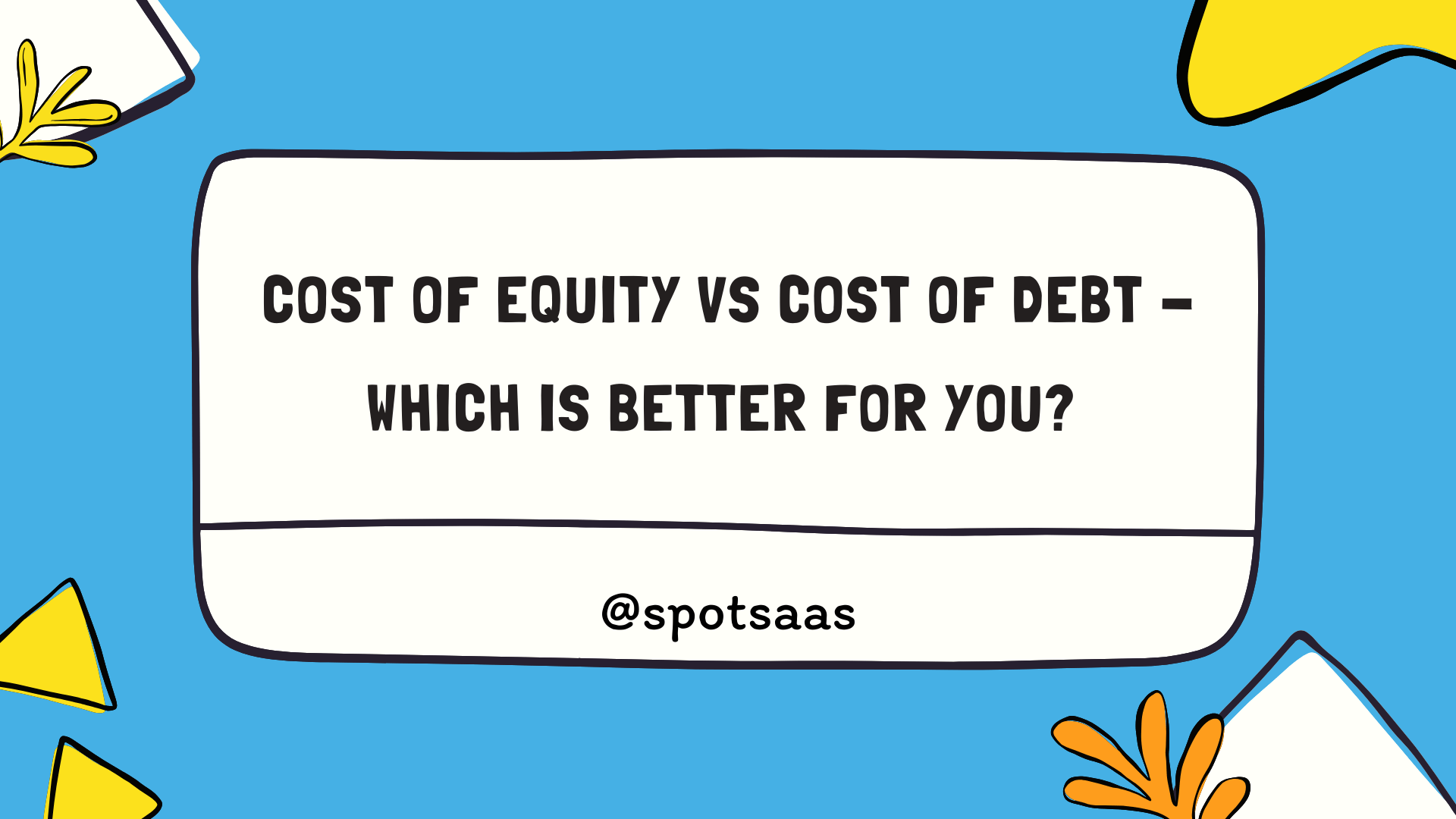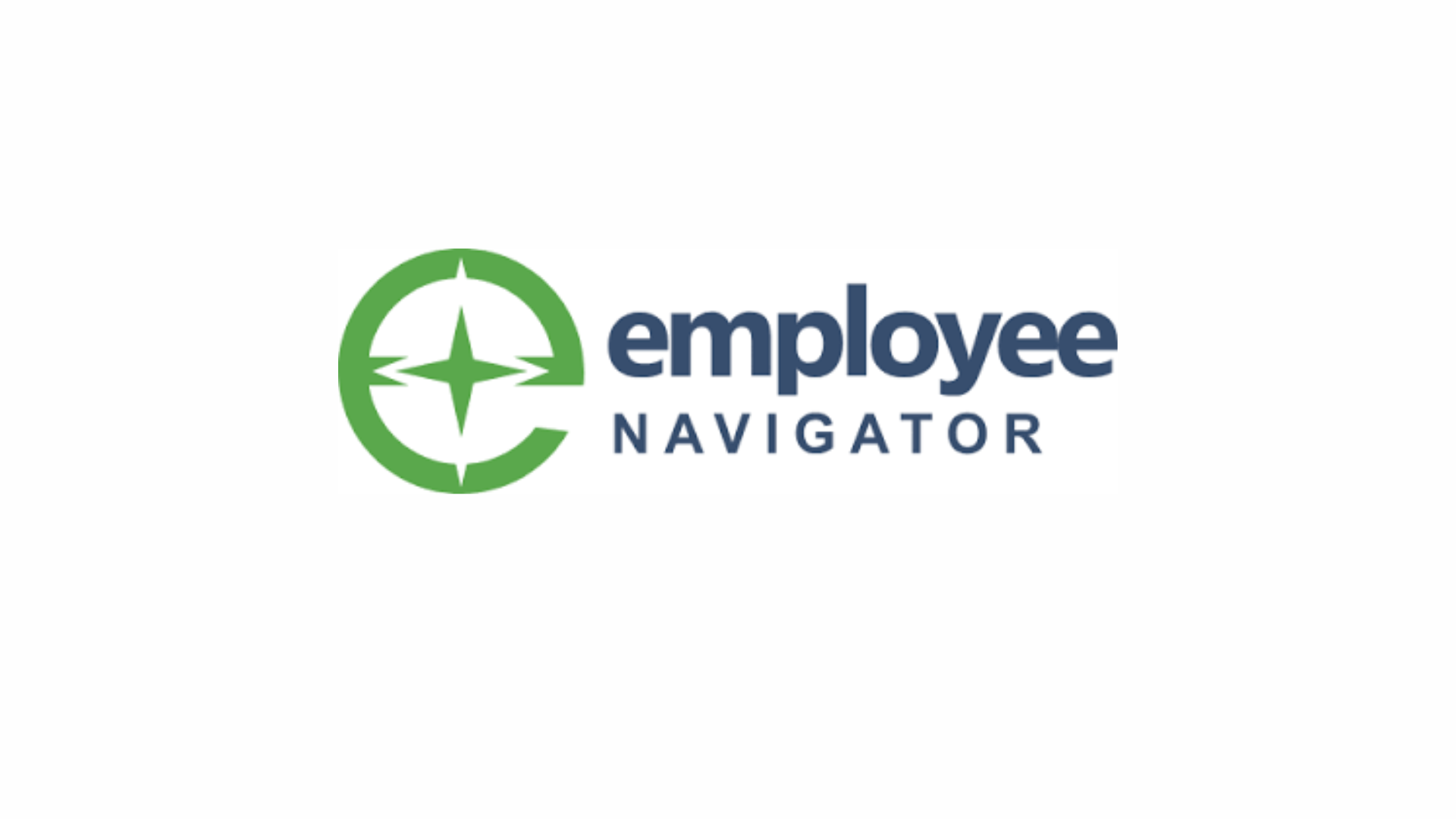Are you confused about whether your company should rely on equity or debt for financing? The choice between the cost of equity and the cost of debt has important implications for your business’s financial health.
This post will help you understand these concepts, comparing their benefits, risks, and influence on capital structure to help guide your decision-making.
Read on to find out which type of funding might be more advantageous for your specific circumstances!
Key Takeaways
- The cost of equity is the return investors require for holding shares in a company, while the cost of debt refers to the expense incurred by a company in borrowing funds.
- Risk factors, market conditions, and a company’s financial health all influence the cost of equity and cost of debt.
- The choice between equity and debt financing can significantly impact a company’s capital structure and how it raises funds.
- Balancing the costs of equity and debt is crucial for determining an optimal capital structure that aligns with financial goals and risk tolerance.
Understanding Cost of Equity and Cost of Debt
The cost of equity is the return required by investors to hold shares in a company, while the cost of debt is the interest expense incurred from borrowing funds.
Definition and calculation of cost of equity
The cost of equity represents the return demanded by investors for their investment in a company’s common stock. This cost is not a direct expense for the firm, rather it reflects the risk assumed by investors that might be incurred if they invested elsewhere.
To calculate it, one commonly used method is through Capital Asset Pricing Model (CAPM). In CAPM, the Cost of Equity equals Risk Free Rate plus Beta Multiplied by Market Risk Premium. The risk-free rate stands for time value money; beta measures the volatility or systematic risk of an investment compared to the market; while market risk premium evaluates extra returns required over and above the risk-free rate.
Formula: Cost of Equity = Risk Free Rate + β × Market Risk Premium
Terms Explanation:
- Risk-Free Rate:
- Explanation: This represents the return on an investment with zero risk, meaning it’s the return investors expect for a risk-free investment over a specified time period. Typically, short-term government securities like Treasury bills are used as a benchmark for the risk-free rate because they come with minimal risk.
- Beta (β):
- Explanation: A measure of the volatility of a stock or portfolio in comparison to the entire market. If β is greater than 1, the stock or portfolio is more volatile than the market. If β is less than 1, it is less volatile.
- Market Risk Premium:
- Explanation: This represents the additional return required by investors to hold a risky market portfolio instead of risk-free assets. It’s the extra return above the risk-free rate that investors need as compensation for the greater uncertainty associated with risky assets.
Check out the Best Financial Analysis Software that will help you calculate the CAPM figures automatically.
Definition and calculation of cost of debt
The cost of debt refers to the expense incurred by a company in order to borrow funds. It represents the interest payments made by the company on its outstanding debts. Calculating the cost of debt involves determining the weighted average interest rate that the company is paying on its existing debts.
This is usually calculated by taking into account both short-term and long-term debts, with each individual debt being weighted based on its proportionate value within the total capital structure of the company.
By analyzing this cost, companies can evaluate how much they are paying for financing and make informed decisions about their borrowing strategies.
Factors Influencing Cost of Equity and Cost of Debt
Factors influencing the cost of equity and cost of debt include risk factors, market conditions, and the company’s financial health.
Risk factors
Risk factors play a crucial role in determining the cost of equity and cost of debt for a company. These factors include the overall market conditions, the financial health of the company, and the level of risk associated with its operations.
Higher levels of risk generally result in higher costs of capital as investors require greater returns to compensate for the additional risk. Market conditions such as interest rates and bond ratings also impact these costs.
Understanding and assessing these risk factors is essential for companies when making financing decisions and balancing their capital structure.
Market conditions
Market conditions play a crucial role in determining the cost of equity and the cost of debt. Factors such as interest rates, inflation, and overall economic stability can significantly impact the financing options available to companies.
In times of favourable market conditions with low interest rates and strong investor confidence, companies may find it easier to obtain debt financing at lower costs. On the other hand, during periods of economic uncertainty or high-interest rates, companies may face higher borrowing costs for both debt and equity financing.
Understanding and adapting to prevailing market conditions is essential for businesses seeking to optimize their capital structure and minimize financing expenses.
Company’s financial health
Maintaining a strong financial health is crucial for any company. It affects its ability to secure financing and manage its expenses efficiently. When evaluating a company’s financial health, investors and lenders look at key indicators such as profitability, liquidity, solvency, and overall stability.
By analyzing these factors, stakeholders can assess the company’s capability to meet its obligations, generate profits, and weather economic downturns. A healthy financial position increases the likelihood of obtaining favourable terms for both equity and debt financing options.
It also helps in reducing borrowing costs by improving creditworthiness and demonstrating the ability to repay loans on time.
Summary of the factors –
| Aspect | Description | Impact on Financing |
|---|---|---|
| Risk Factors | Considerations include market conditions, the company’s financial health, and operational risk levels. | Higher risk leads to higher capital costs due to the required greater returns for risk compensation. |
| Market Conditions | Factors include interest rates, inflation, and economic stability. | Favourable conditions mean easier access to low-cost debt financing, while economic downturns increase borrowing costs. |
| Company’s Financial Health | Key indicators are profitability, liquidity, solvency, and stability. | Strong financial health increases the chances of obtaining favourable financing terms and reduces borrowing costs. |
Thought you might like to read about these topics as well
Discover the 6 Must-Know Ethics in Accounting Secrets for Financial Success
Comparison of Cost of Equity and Cost of Debt
The cost of equity and the cost of debt differ in terms of risk levels, potential returns, and their impact on a company’s capital structure.
Differences in risk
The main difference between the cost of equity and the cost of debt lies in the level of risk associated with each. The cost of equity is determined by the perceived riskiness of investing in a company’s stock, while the cost of debt is influenced by factors such as interest rates and bond ratings.
Equity holders are considered residual claimants, meaning they bear a higher level of risk than debt holders who have a priority claim on assets in case of bankruptcy. This higher risk for equity investors leads to a higher required return, resulting in a higher cost of equity compared to the cost of debt which is usually fixed.
Differences in returns
The differences in returns between the cost of equity and the cost of debt are significant. When a company uses equity financing, the return for investors comes primarily from stock appreciation and dividends.
In contrast, when a company relies on debt financing, the return is in the form of interest payments. Equity investors take on more risk but have the potential for higher returns if the company performs well.
Debt holders receive fixed interest payments but do not benefit from any increase in profitability. The choice between equity and debt financing depends on factors such as risk tolerance, financial goals, and market conditions.
Impact on capital structure
The cost of equity and the cost of debt have a direct impact on a company’s capital structure. The choice between the two financing options can significantly influence how a firm raises funds to support its operations and investments.
When a company heavily relies on equity financing, it may choose to issue more shares or attract new investors. This increases the ownership stake in the business but also dilutes existing shareholders’ control.
On the other hand, if a firm prefers debt financing, it may take out loans or issue bonds to raise capital. While this can preserve ownership control, it also adds interest expenses that need to be repaid periodically.
Determining the Optimal Capital Structure
Finding the right balance between the cost of equity and the cost of debt is crucial for determining the optimal capital structure. Read on to discover how this decision can shape a company’s financial goals and risk tolerance, ultimately leading to flexibility and adaptability in the ever-changing market conditions.
Balancing the cost of equity and cost of debt
To determine the optimal capital structure for a company, it is crucial to balance the cost of equity and the cost of debt. The cost of equity refers to the return expected by shareholders for their investment in the company’s stock, while the cost of debt represents the interest expense incurred when borrowing funds.
Balancing these costs requires careful consideration of factors such as risk tolerance, financial goals, and market conditions. By finding an equilibrium between equity and debt financing, companies can optimize their capital structure for maximum profitability and growth potential.
Considering the company’s financial goals and risk tolerance
When determining the optimal capital structure, it is essential to take into account the company’s financial goals and risk tolerance. This involves finding a balance between the cost of equity and the cost of debt that aligns with what the company aims to achieve financially.
Companies with more aggressive financial goals may be willing to take on higher levels of risk and utilize more equity financing, which generally comes with higher costs but also potentially higher returns.
On the other hand, companies with lower risk tolerance may opt for more debt financing, as it typically has lower costs but carries its own set of risks. By carefully considering these factors and striking a balance that aligns with their overall objectives, companies can ensure they make informed decisions when structuring their capital.
Importance of flexibility and adaptability
Flexibility and adaptability are crucial for companies when it comes to their capital structure. The business landscape is dynamic and constantly evolving, which means that organizations need to be able to adjust their financing strategies accordingly.
By being flexible and adaptable, companies can respond quickly to market changes, economic conditions, and shifts in investor preferences.
Having flexibility allows businesses to explore different financing options based on what is most advantageous at the time. It enables them to take advantage of low-interest rates or favourable terms when they become available. Consider using interest rate calculators to exactly calculate interest rate.
On the other hand, adaptability ensures that companies can make adjustments to their capital structure as needed. They can reallocate resources between debt and equity depending on changing circumstances.
Ultimately, flexibility and adaptability enable businesses to optimize their cost of capital by finding the right balance between the cost of equity and the cost of debt. This helps them minimize financial expenses while still meeting their funding needs effectively.
Moreover, a flexible approach also enhances the company’s ability to attract investment by offering diverse options for potential investors.
Conclusion
Cost of equity and cost of debt play crucial roles in a company’s financing decisions. Understanding the differences between these two sources of funds is essential for managing financial risk and maximizing profitability.
By carefully considering factors such as risk, returns, and capital structure, companies can determine the optimal mix of equity and debt to achieve their financial goals. Making informed choices about financing options is key to maintaining competitiveness in today’s dynamic business environment.
FAQs
1. What does the term ‘cost of equity vs cost of debt’ mean?
Cost of equity and cost of debt refer to the financing costs a company bears when it uses either source of funds for its operations or investments.
2. How do these costs affect corporate finance decisions?
In corporate finance, understanding the balance between the cost of equity and the cost of debt is essential in managing financial risk and making investment choices based on risk-return tradeoff models.
3. Can you explain what the Weighted Average Cost Of Capital (WACC) is?
Weighted Average Cost Of Capital (WACC) includes both equity and debt in its calculation – it measures the average rate that a company needs to compensate all its different investors.
4. Does a lower pretax interest rate mean a lower cost of Debt?
Yes, usually a lower pretax interest rate results in decreased costs for borrowing, hence reducing the overall cost of debt.




